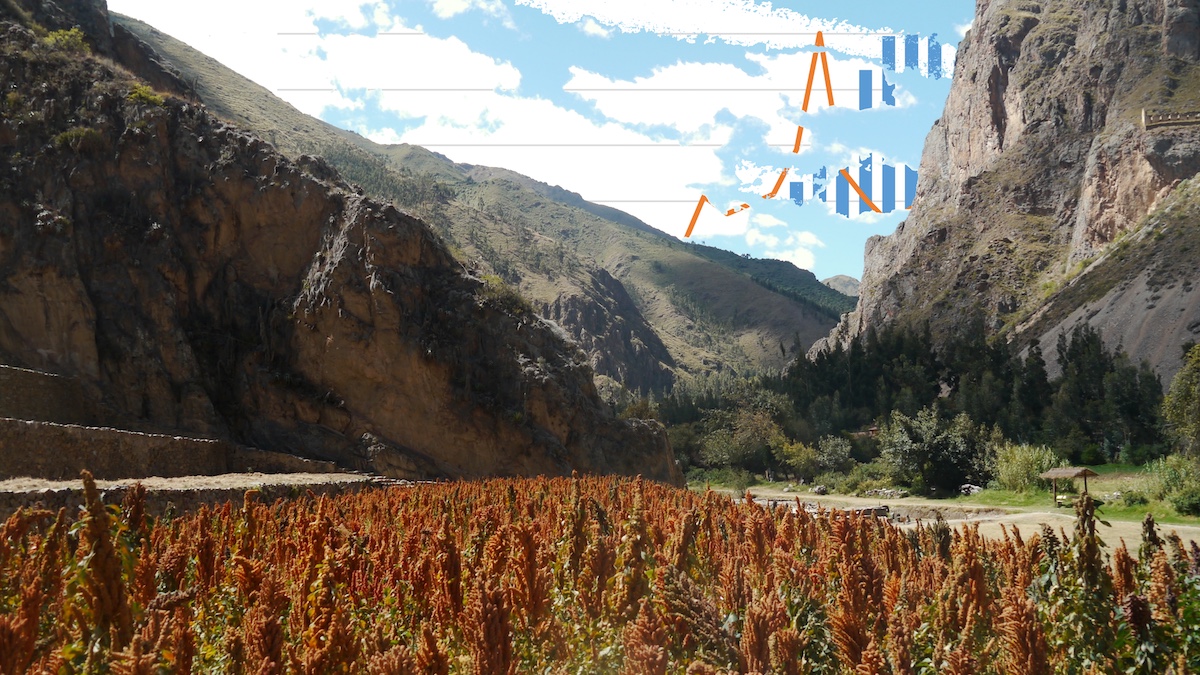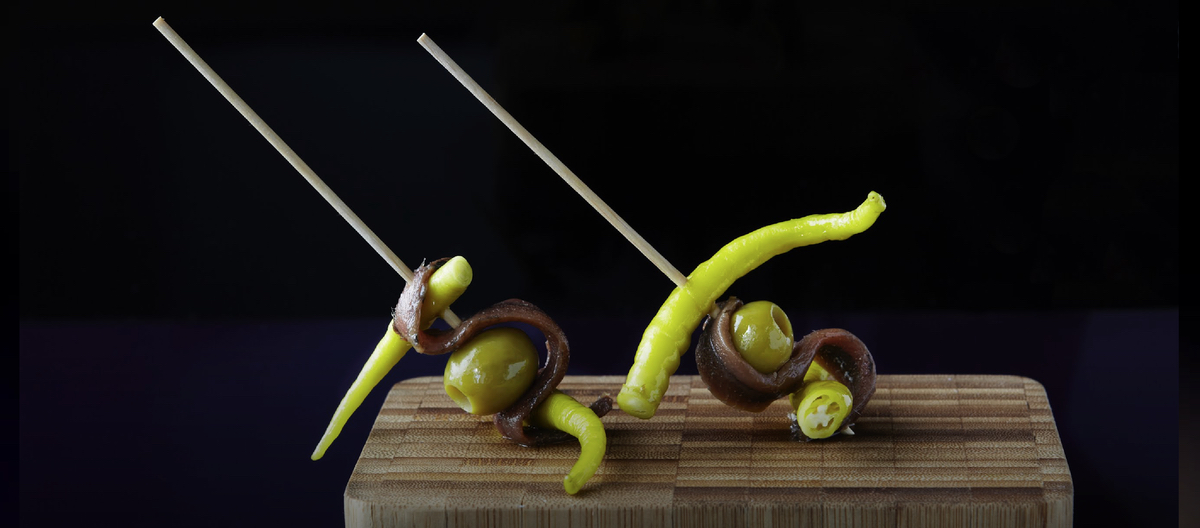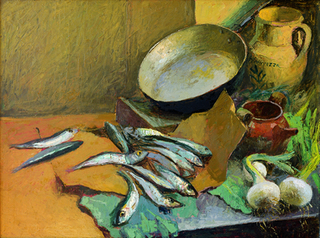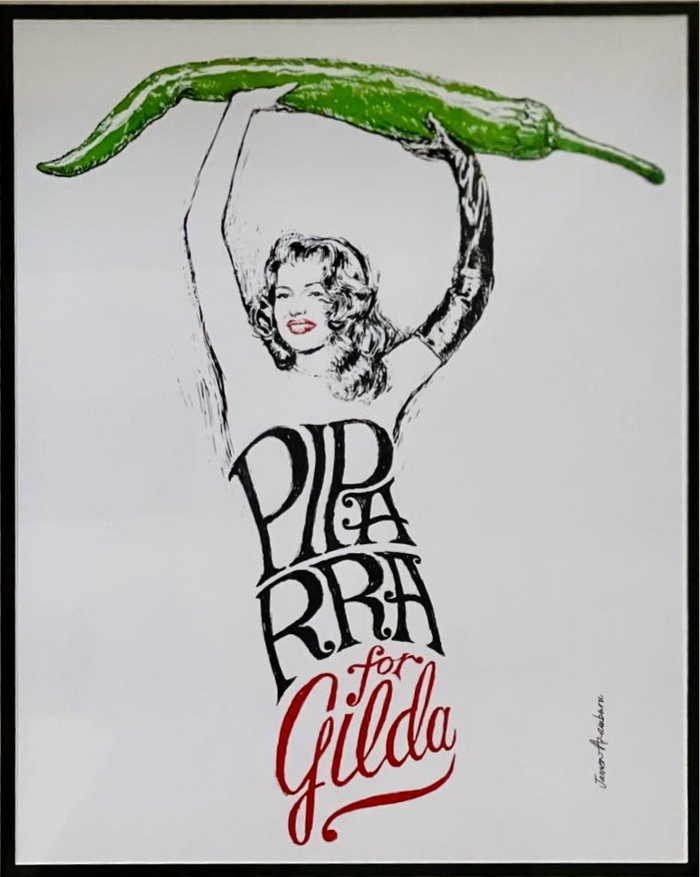
Podcast: Play in new window | Download (Duration: 29:38 — 27.3MB)
Subscribe: Google Podcasts | Spotify | Android | RSS | More

Emma McDonnell was in Peru for the early years of the boom and for the subsequent bust, a story she recounts in her book The Quinoa Bust.
Notes
- Emma McDonnell has a website. Her book The Quinoa Bust: The Making and Unmaking of an Andean Miracle Crop is published by California University Press.
- A previous episode — It is OK to eat quinoa — looked at the impact of the boom in purely economic terms.
- An issue of the USDA’s Choices magazine looked at several so-called functional foods, including quinoa, asking whether they were a Fad or Path to Prosperity?. Both, maybe.
- Here is the transcript
- The banner photo uses a picture of quinoa growing in Ollantaytambo, Peru by Hector Montero. The quinoa close up on the cover is by Flickered!







 No apologies for once again casting my net in the fruitful waters of Basque cuisine and history.
No apologies for once again casting my net in the fruitful waters of Basque cuisine and history.